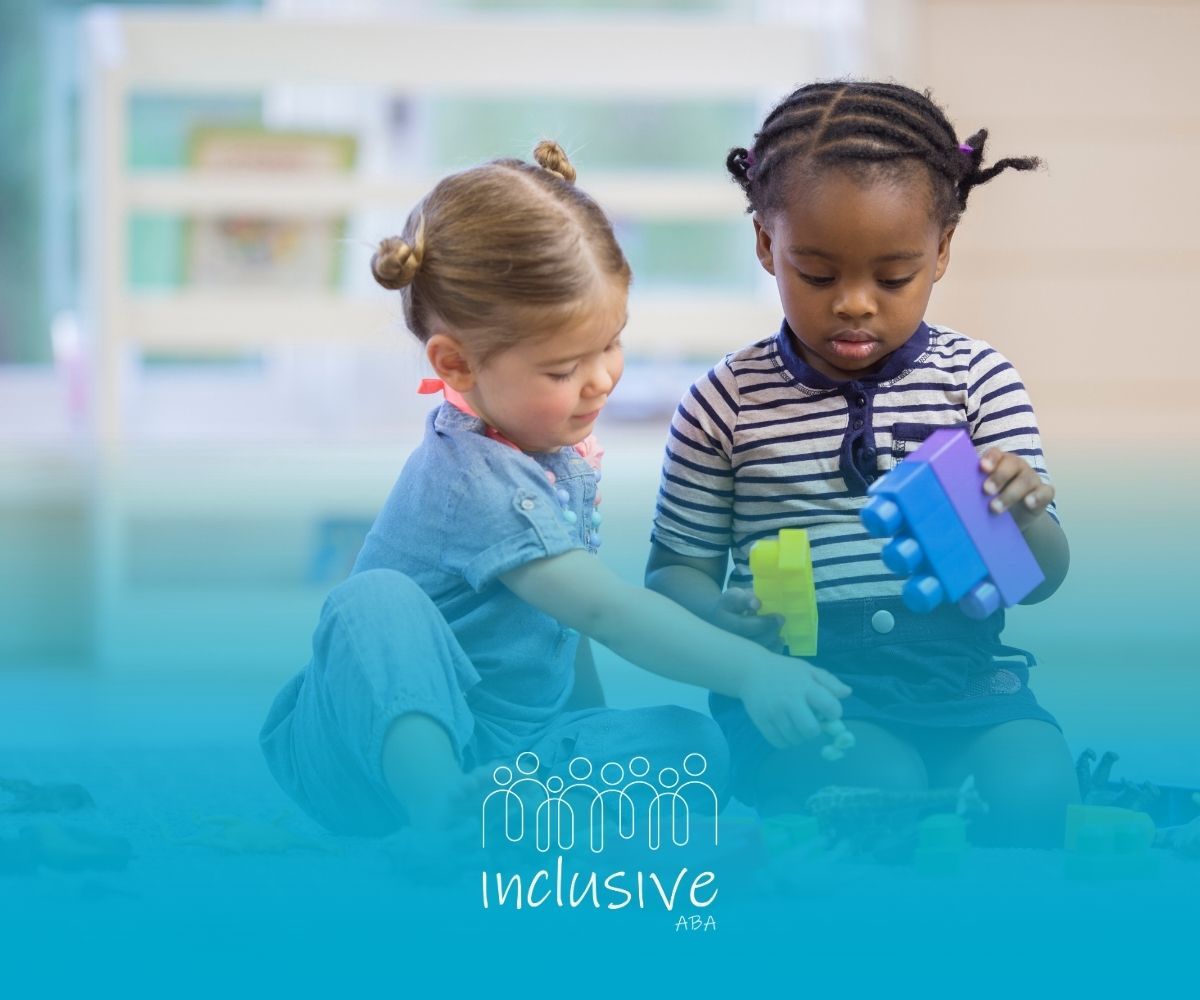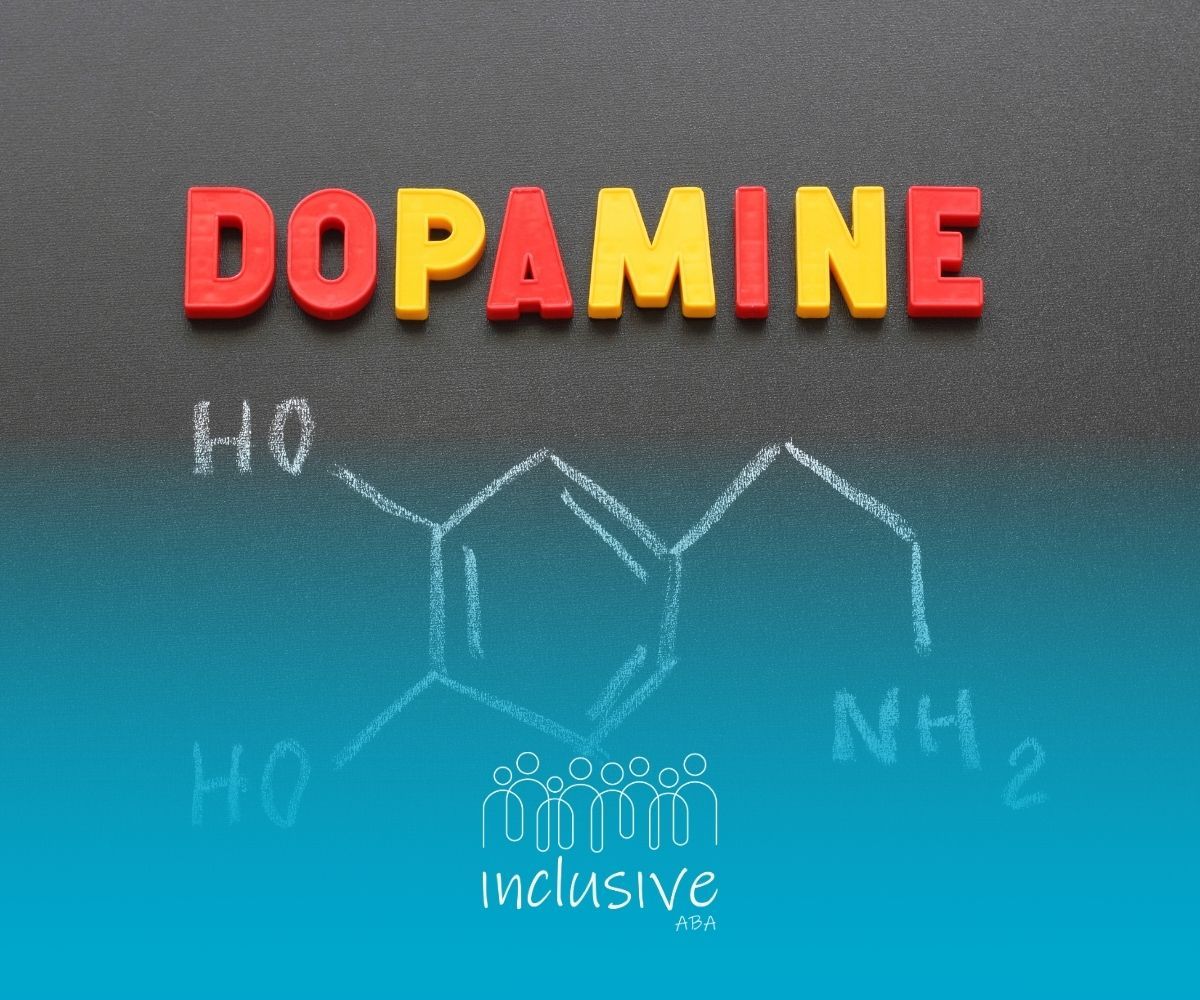What Are the Three Types of Chaining in ABA? Teaching Complex Skills Step by Step
In Applied Behavior Analysis (ABA), chaining is a teaching method used to help individuals learn complex tasks by breaking them down into smaller, manageable steps. These steps are taught in a specific sequence until the entire skill can be completed independently. There are three main types of chaining: Forward Chaining, Backward Chaining, and Total Task Chaining.
- Forward Chaining – The child learns the first step in a sequence first. Once mastered, the next step is added. This continues until the full task is completed.
- Backward Chaining – The last step is taught first. This allows the learner to complete the task independently from the final step, reinforcing success and confidence.
- Total Task Chaining – The entire task is taught in each session. Prompts and support are given as needed across all steps, gradually faded as the child becomes more independent.
At Inclusive ABA, we use chaining to help children master daily living skills, such as brushing teeth, getting dressed, or following classroom routines. By teaching step-by-step, we build confidence, independence, and lasting success.
Frequently Asked Questions
What is chaining in ABA?
Chaining is a method to teach complex tasks by breaking them into smaller steps.
Which chaining method is best?
It depends on the learner’s needs and the skill being taught.
Can chaining be used at home?
Yes, parents can apply chaining strategies with guidance from therapists.
Looking for Expert Help? We're Here for You!
Our compassionate and skilled team is devoted to enhancing your child's development through customized ABA therapy. Let us partner with you to create a supportive environment for your child's success.
Discover how we can help your family thrive with expert ABA therapy.
Related Posts







